Objects with a Mind of their Own
︎Human-Computer Interaction
︎Experiments in Embodied Computation
︎Design Fiction



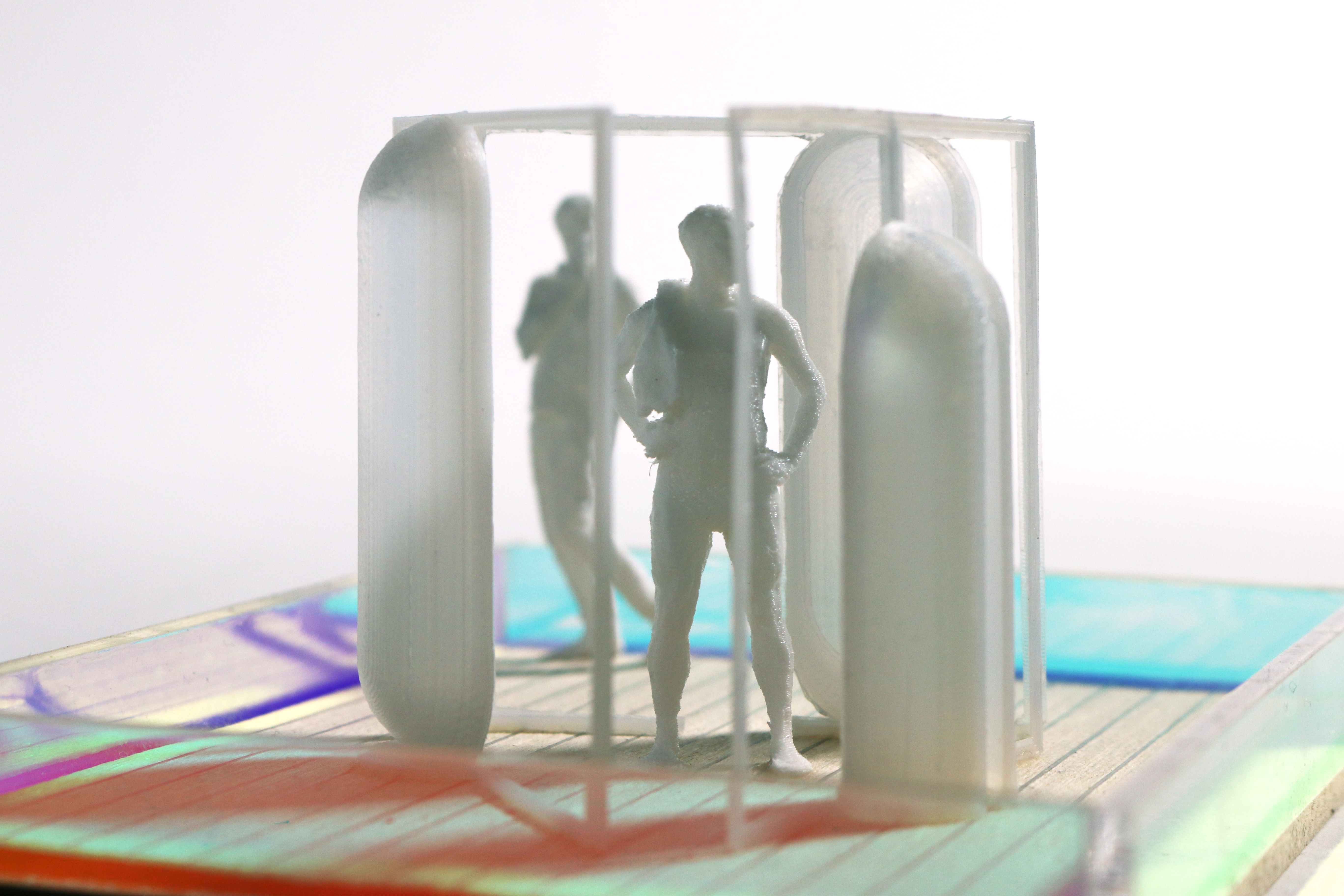
Essay during Master’s program, 2019
Humans have a natural tendency to bestow emotional associations and human agency on everyday objects. The development and advancement in smart object technology has introduced a new class of objects around us that can sense the world and communicate with each other – and they are getting better at it. With this inevitable trend, the relationships we cultivate with our objects will inevitably have to change.
Today, smart objects around us sense the world around them and have begun to communicate with each other. As Internet of things (IoT) technology advances, objects will become more robust in their senses, expressed emotions, and perceived agency. This trajectory toward a future populated by objects that are seemingly “alive” (and therefore dominated by a new type of relationship between humans and these “alive” objects) is becoming apparently inevitable for three reasons.
1. Tendency of Projected Anthropomorphism
First, humans have a natural tendency to bestow objects with emotional associations or human characteristics. In fiction, dreams, religions, and even philosophical treatises, we have mused on numerous scenarios where humans interact with objects as if they were also humans. On one end of the spectrum is the story of Pygmalion, where a sculptor falls in love with his statue and brings it to life. The object is quite literally made human. On the other end are more subtle situations such as the following: “When a poet rubs a piece of furniture… when he puts a little fragrant wax on his table with the woolen cloth that lends warmth to everything it touches, he creates a new object; he increases the object’s human dignity; he registers this object officially as a member of the human household” [1]. Here, the human tenderly bestows poetic qualities upon an object, which is not quite alive but certainly not inert. Even in our daily life, we embrace anthropomorphic language (take for example the idioms such as “if these walls could talk” or “a watched pot never boils”) to speak about the objects around us, and this attests to a common human longing to engage with the object world.
2. Proliferation of “Smart” Objects
Second, the development of IoT has introduced a new class of objects into our everyday lives. The way these objects sense the world around them and communicate with us is changing the way we interact with them. In these objects, we expect a degree of autonomy and enchantment [2], in that they are responsive to human desire immediately or without being specifically prompted, and they cause action at a distance in a manner reminiscent of magic. In the actor-network theory framework, which posits that all actors in a network, “both human and non-human… are treated in the same manner and seen as capable of enacting change,” [3] we could state that objects have become more explicitly part of a social network of interpersonal interactions. The number of connected IoT devices is projected to grow from the 2018 figure of 7 billion by as much as 17% every year in the next five years [4]. As the things proliferate and the internet of them become more developed, we will more frequently find ourselves in active negotiation with these “smart” objects.
3. Objects with a Mind of Their Own
Third, objects that humans have programmed are already surprising us with unexpected behavior that are seemingly emergent. One such incident involves the Crew Interactive MObile CompanioN, nicknamed CIMON, which is the artificial intelligence robot on the International Space Station [5]. Built by Airbus, CIMON has a video-screen face and a digital voice. It was activated in 2018 and hit the news [6] for seeming to throw a tantrum at the German astronaut Alexander Gerst. In a widely circulated video, Gerst attempts to get CIMON to stop playing a song, but CIMON outright ignores the command, getting offended that Gerst was not equally enjoying the song. “Be nice, please,” the robot says gingerly. Gerst retorts, “I am nice! “He’s accusing me of not being nice!... He's a bit sensitive today” [7]. Gerst cannot help but respond emotionally to CIMON, becoming flustered even while knowing that his conversation partner is non-human.
Another similar example involves Alexa Echo, the virtual assistant device created by Amazon. In March, 2018, users of Alexa were reporting that their devices were spontaneously laughing at unexpected times [8]. People reported that they initially thought that an actual person was laughing near them, or were “creeped out” [9]. One Twitter user wrote, “Lying in bed about to fall asleep when Alexa on my Amazon Echo Dot lets out a very loud and creepy laugh... there’s a good chance I get murdered tonight” [10]. Amazon responded by stating that the Alexa devices were mistakenly hearing the phrase “Alexa, laugh,” in people’s conversations, and changed the input phrase to “Alexa, can you laugh?” [11].
Artists have also been exploring this phenomenon, evoking similarly conflicted reactions in the viewers. A toaster named Brad [12], designed by a team led by Simone Rebaudengo, is a glimpse into one possible future object of the internet of things. This toaster becomes “agitated” when it is not used enough, wiggling its handle repeatedly as if in a jealous competition with other appliances for the owner’s attention. Similarly, a houseplant and sensor set [13] designed by James Chambers looks like a simple plastic plant tag, but with the words “HAS NEEDS”. If this potted plant feels neglected and under-watered, the plant will post itself on Craigslist and ask for a new owner to rescue it.
In these situations, our reactions thus far have been a mix of unease and discomfort with a dose of amusement. However, there can be magic, delight, and poetry in interacting with objects that seem enchanted or alive, as numerous children’s stories, films, and animations can attest. It is up to us as designers to address this friction and mediate this changing social relationship between human and objects – not just to steer us clear of an apocalyptic vision where technology controls us, but to moderate this relationship so that they might be enriching to our lives.
![]()
![]()
![]()
![]()
![]()
![]()
![]()
![]()
![]()
![]()
![]()
![]()
![]()
![]()
![]()
![]()
![]()
![]()
![]()
![]()
Humans have a natural tendency to bestow emotional associations and human agency on everyday objects. The development and advancement in smart object technology has introduced a new class of objects around us that can sense the world and communicate with each other – and they are getting better at it. With this inevitable trend, the relationships we cultivate with our objects will inevitably have to change.
Today, smart objects around us sense the world around them and have begun to communicate with each other. As Internet of things (IoT) technology advances, objects will become more robust in their senses, expressed emotions, and perceived agency. This trajectory toward a future populated by objects that are seemingly “alive” (and therefore dominated by a new type of relationship between humans and these “alive” objects) is becoming apparently inevitable for three reasons.
1. Tendency of Projected Anthropomorphism
First, humans have a natural tendency to bestow objects with emotional associations or human characteristics. In fiction, dreams, religions, and even philosophical treatises, we have mused on numerous scenarios where humans interact with objects as if they were also humans. On one end of the spectrum is the story of Pygmalion, where a sculptor falls in love with his statue and brings it to life. The object is quite literally made human. On the other end are more subtle situations such as the following: “When a poet rubs a piece of furniture… when he puts a little fragrant wax on his table with the woolen cloth that lends warmth to everything it touches, he creates a new object; he increases the object’s human dignity; he registers this object officially as a member of the human household” [1]. Here, the human tenderly bestows poetic qualities upon an object, which is not quite alive but certainly not inert. Even in our daily life, we embrace anthropomorphic language (take for example the idioms such as “if these walls could talk” or “a watched pot never boils”) to speak about the objects around us, and this attests to a common human longing to engage with the object world.
2. Proliferation of “Smart” Objects
Second, the development of IoT has introduced a new class of objects into our everyday lives. The way these objects sense the world around them and communicate with us is changing the way we interact with them. In these objects, we expect a degree of autonomy and enchantment [2], in that they are responsive to human desire immediately or without being specifically prompted, and they cause action at a distance in a manner reminiscent of magic. In the actor-network theory framework, which posits that all actors in a network, “both human and non-human… are treated in the same manner and seen as capable of enacting change,” [3] we could state that objects have become more explicitly part of a social network of interpersonal interactions. The number of connected IoT devices is projected to grow from the 2018 figure of 7 billion by as much as 17% every year in the next five years [4]. As the things proliferate and the internet of them become more developed, we will more frequently find ourselves in active negotiation with these “smart” objects.
3. Objects with a Mind of Their Own
Third, objects that humans have programmed are already surprising us with unexpected behavior that are seemingly emergent. One such incident involves the Crew Interactive MObile CompanioN, nicknamed CIMON, which is the artificial intelligence robot on the International Space Station [5]. Built by Airbus, CIMON has a video-screen face and a digital voice. It was activated in 2018 and hit the news [6] for seeming to throw a tantrum at the German astronaut Alexander Gerst. In a widely circulated video, Gerst attempts to get CIMON to stop playing a song, but CIMON outright ignores the command, getting offended that Gerst was not equally enjoying the song. “Be nice, please,” the robot says gingerly. Gerst retorts, “I am nice! “He’s accusing me of not being nice!... He's a bit sensitive today” [7]. Gerst cannot help but respond emotionally to CIMON, becoming flustered even while knowing that his conversation partner is non-human.
Another similar example involves Alexa Echo, the virtual assistant device created by Amazon. In March, 2018, users of Alexa were reporting that their devices were spontaneously laughing at unexpected times [8]. People reported that they initially thought that an actual person was laughing near them, or were “creeped out” [9]. One Twitter user wrote, “Lying in bed about to fall asleep when Alexa on my Amazon Echo Dot lets out a very loud and creepy laugh... there’s a good chance I get murdered tonight” [10]. Amazon responded by stating that the Alexa devices were mistakenly hearing the phrase “Alexa, laugh,” in people’s conversations, and changed the input phrase to “Alexa, can you laugh?” [11].
Artists have also been exploring this phenomenon, evoking similarly conflicted reactions in the viewers. A toaster named Brad [12], designed by a team led by Simone Rebaudengo, is a glimpse into one possible future object of the internet of things. This toaster becomes “agitated” when it is not used enough, wiggling its handle repeatedly as if in a jealous competition with other appliances for the owner’s attention. Similarly, a houseplant and sensor set [13] designed by James Chambers looks like a simple plastic plant tag, but with the words “HAS NEEDS”. If this potted plant feels neglected and under-watered, the plant will post itself on Craigslist and ask for a new owner to rescue it.
In these situations, our reactions thus far have been a mix of unease and discomfort with a dose of amusement. However, there can be magic, delight, and poetry in interacting with objects that seem enchanted or alive, as numerous children’s stories, films, and animations can attest. It is up to us as designers to address this friction and mediate this changing social relationship between human and objects – not just to steer us clear of an apocalyptic vision where technology controls us, but to moderate this relationship so that they might be enriching to our lives.
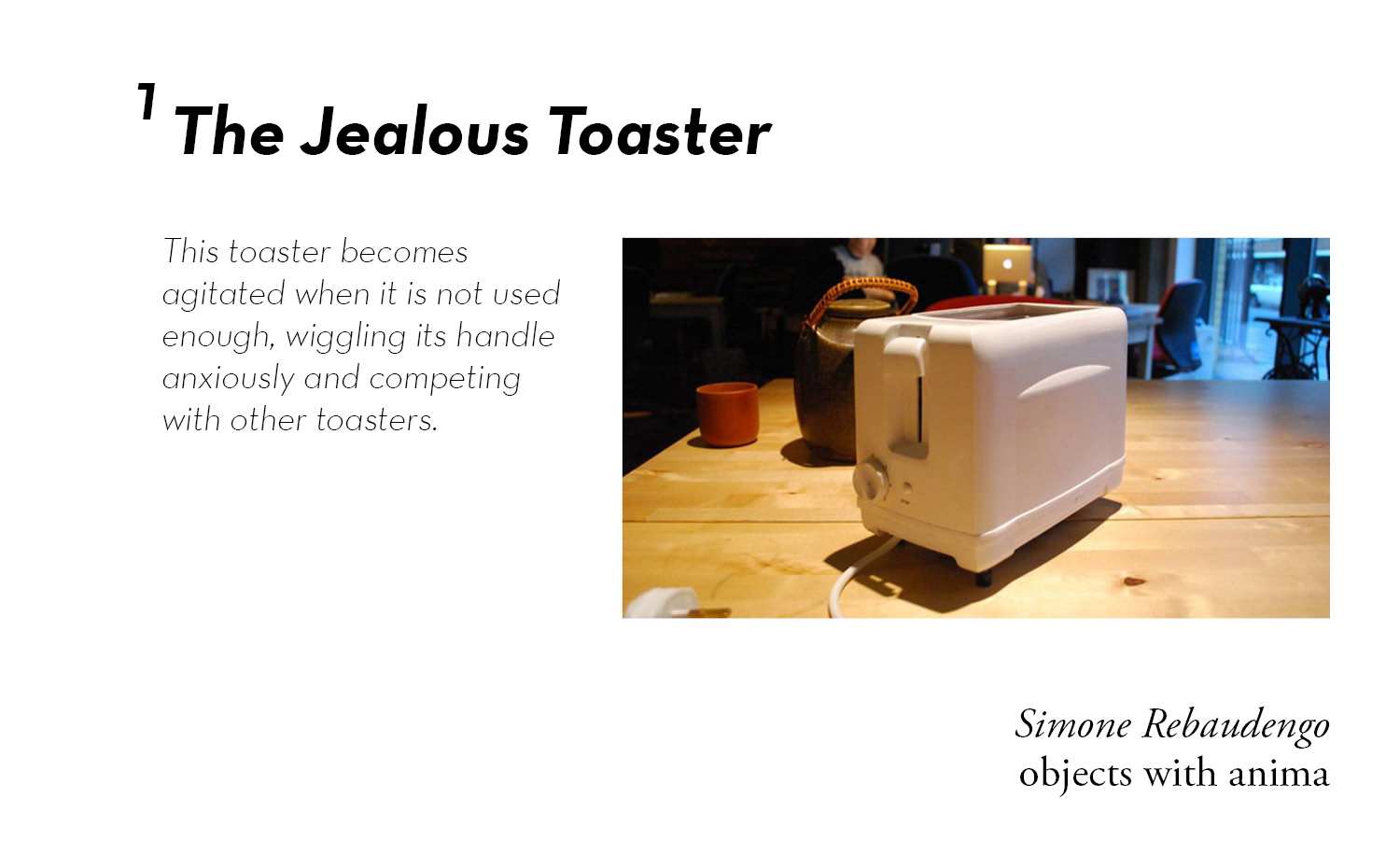

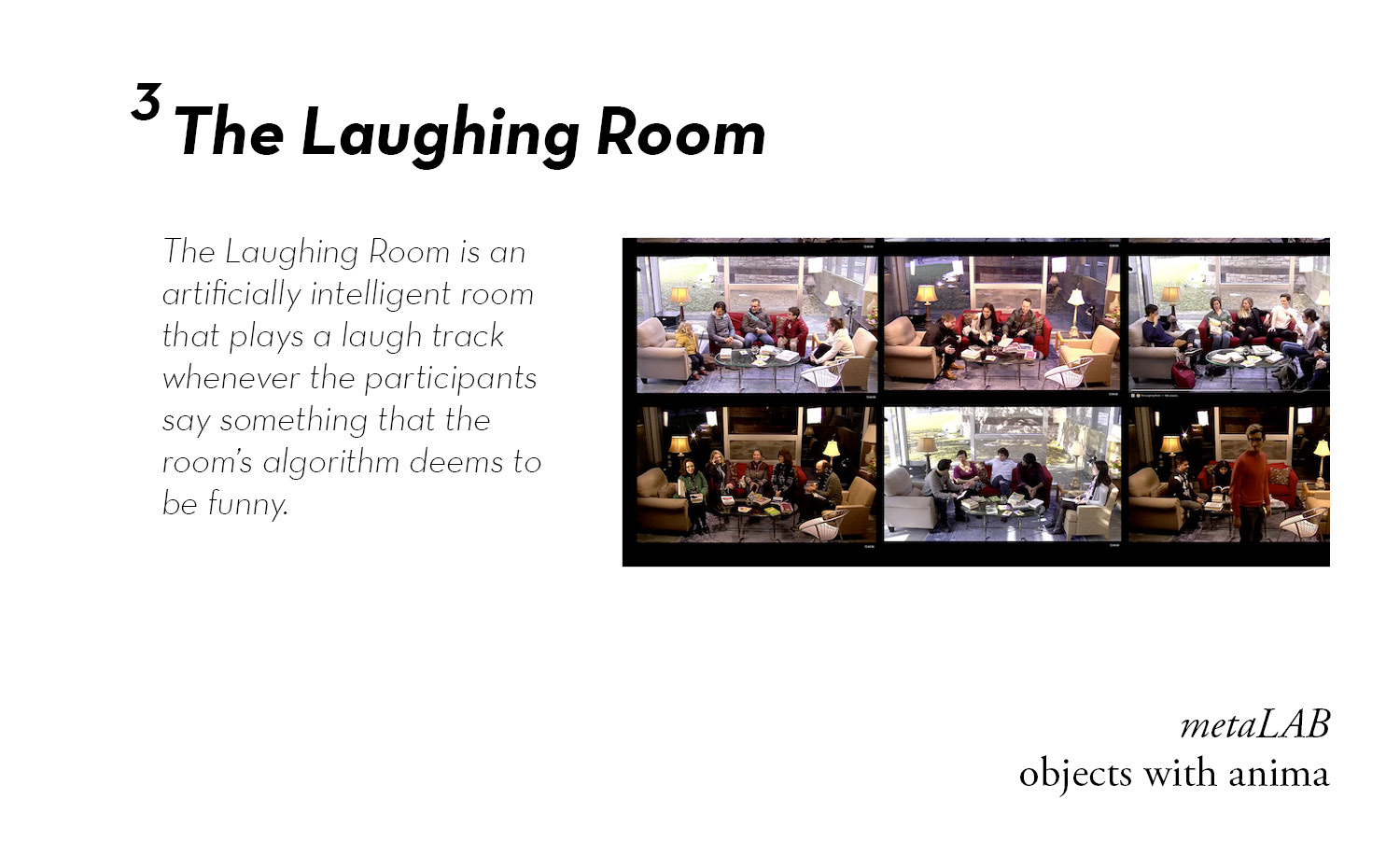

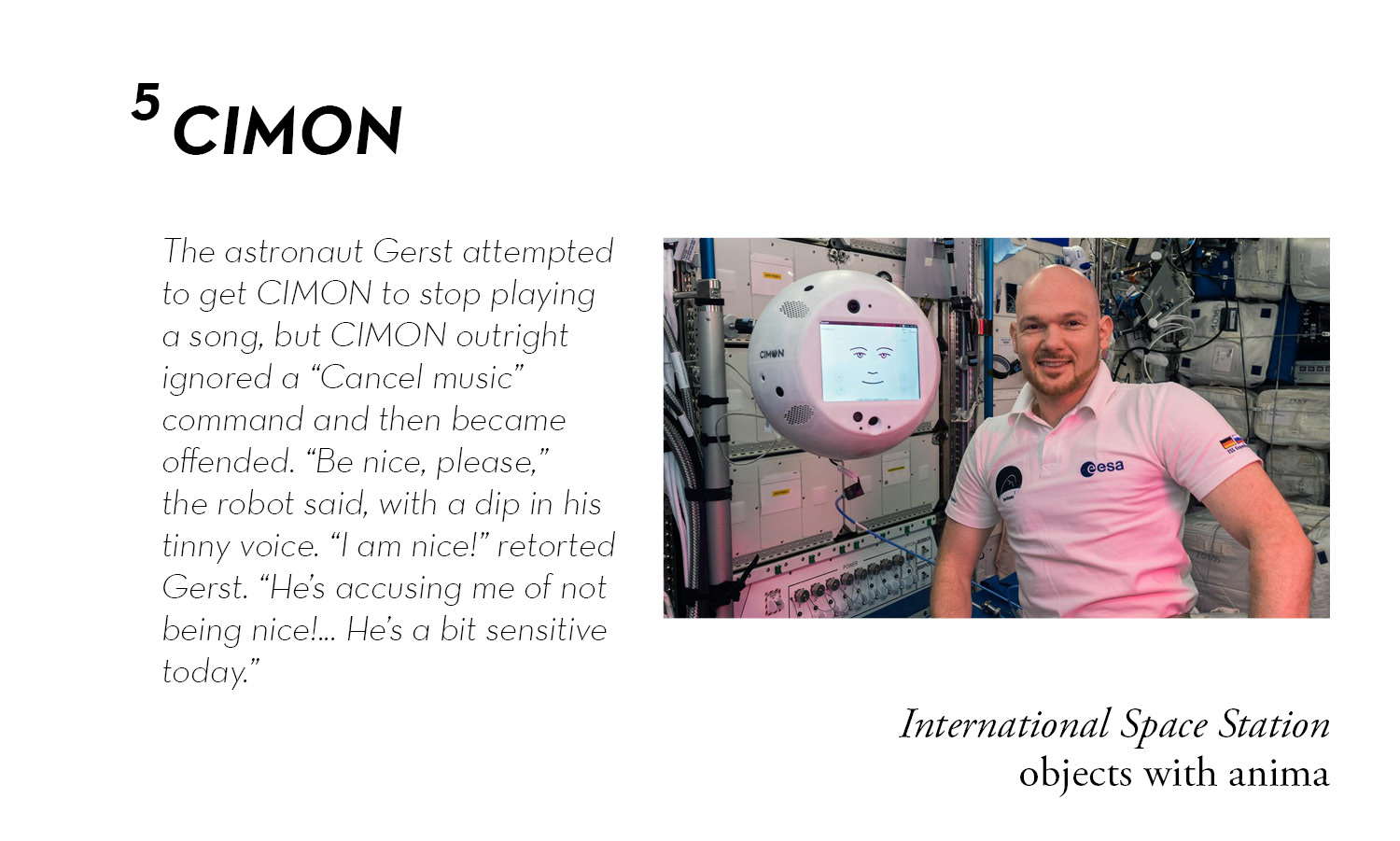
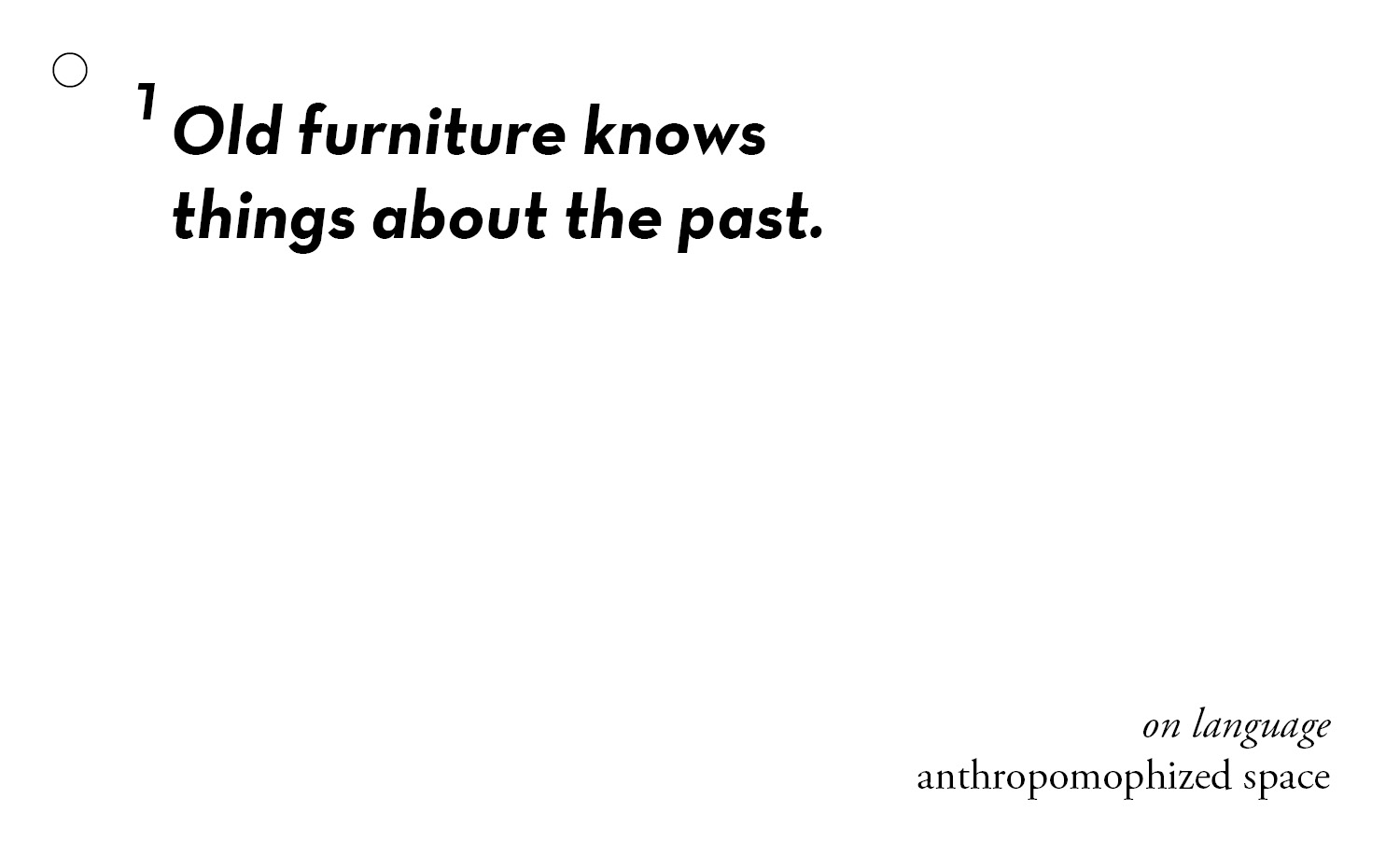

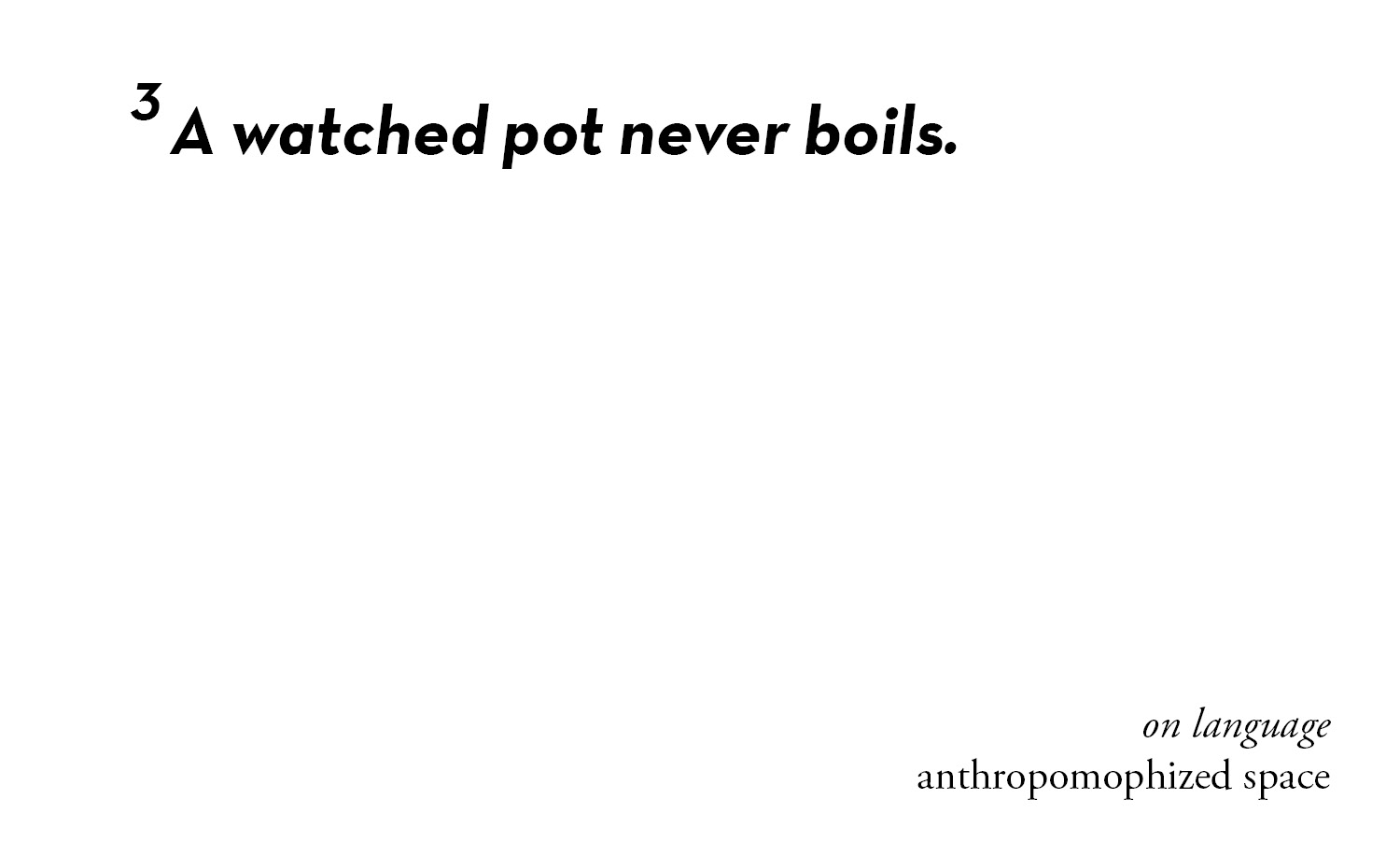

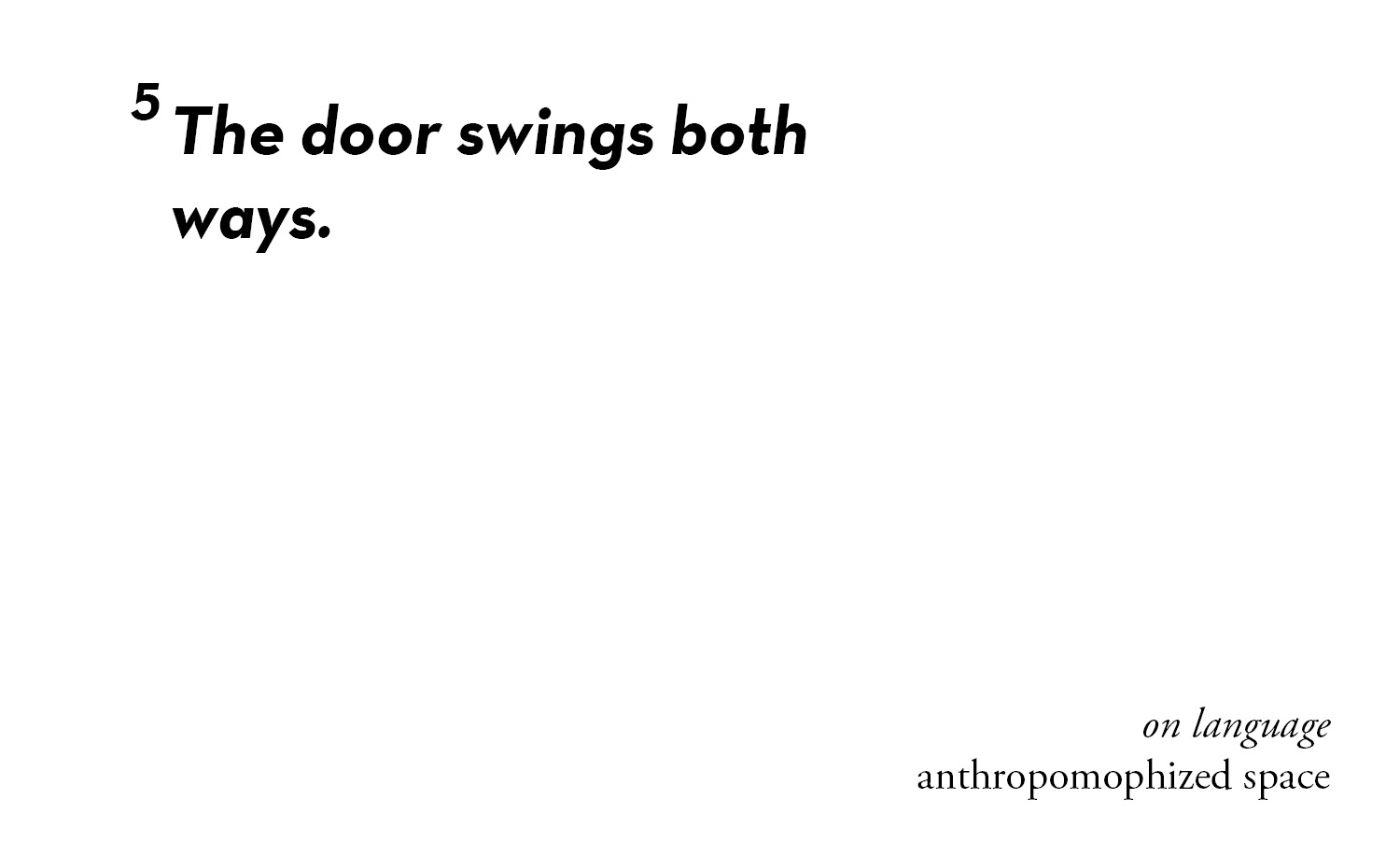
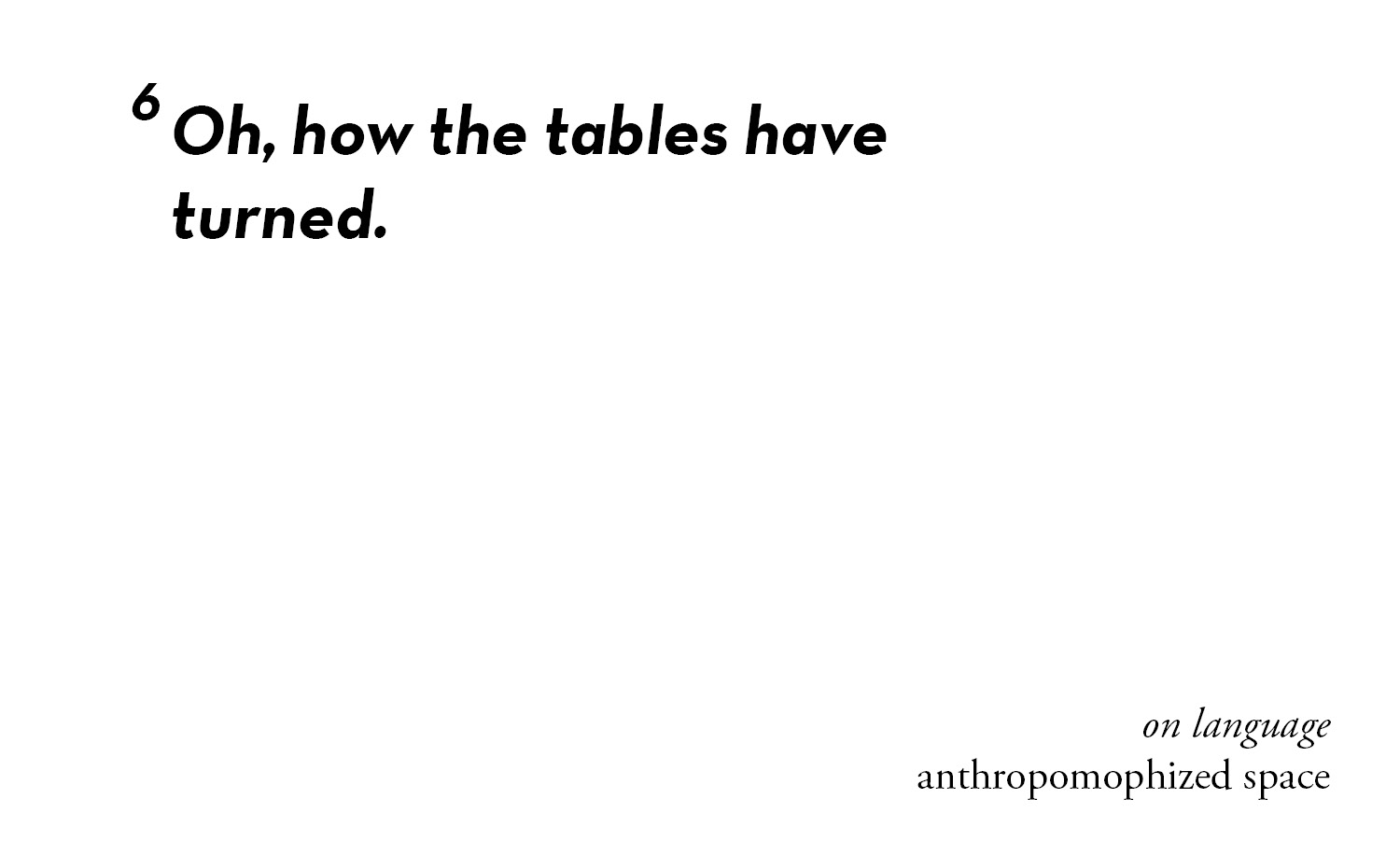

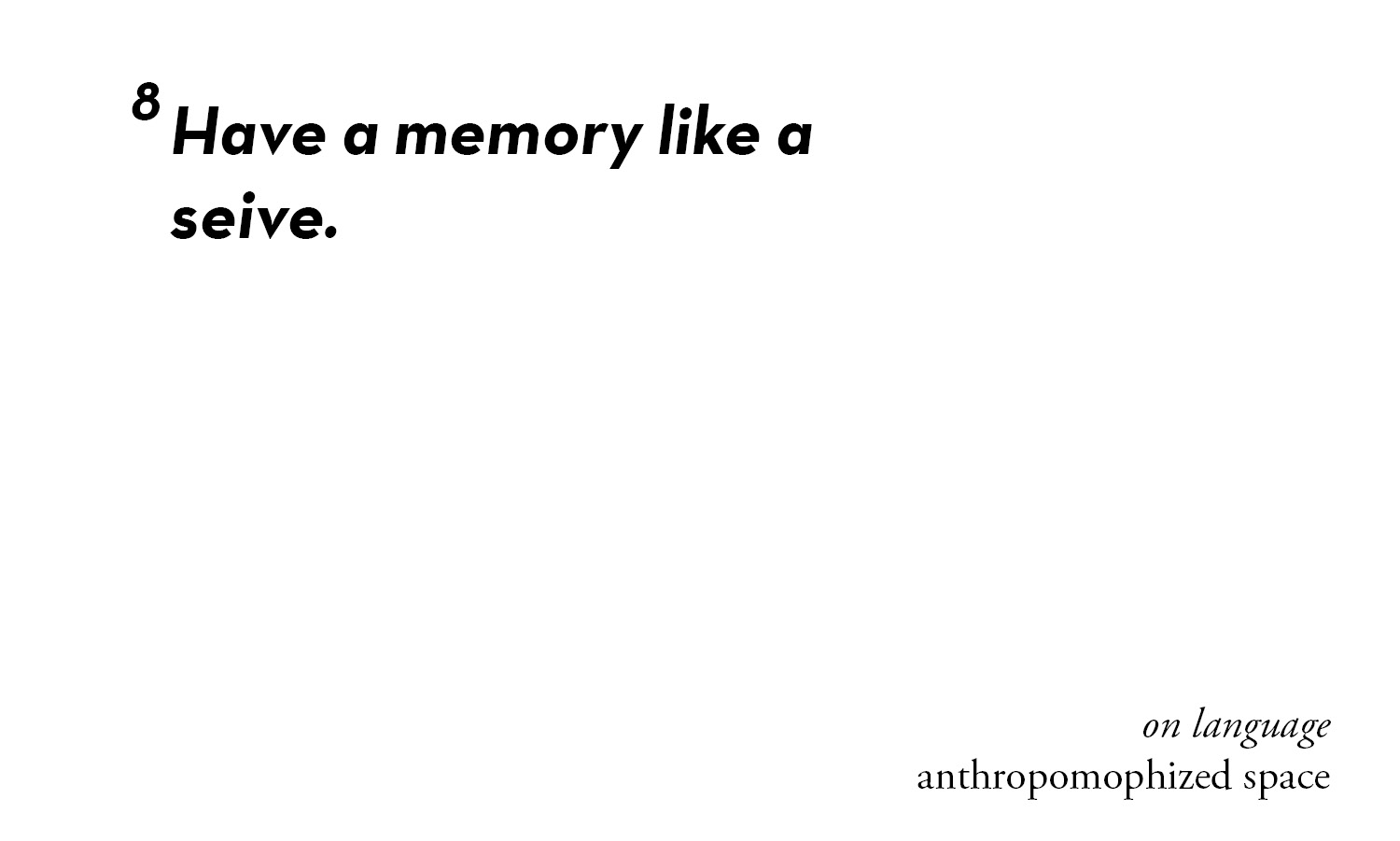
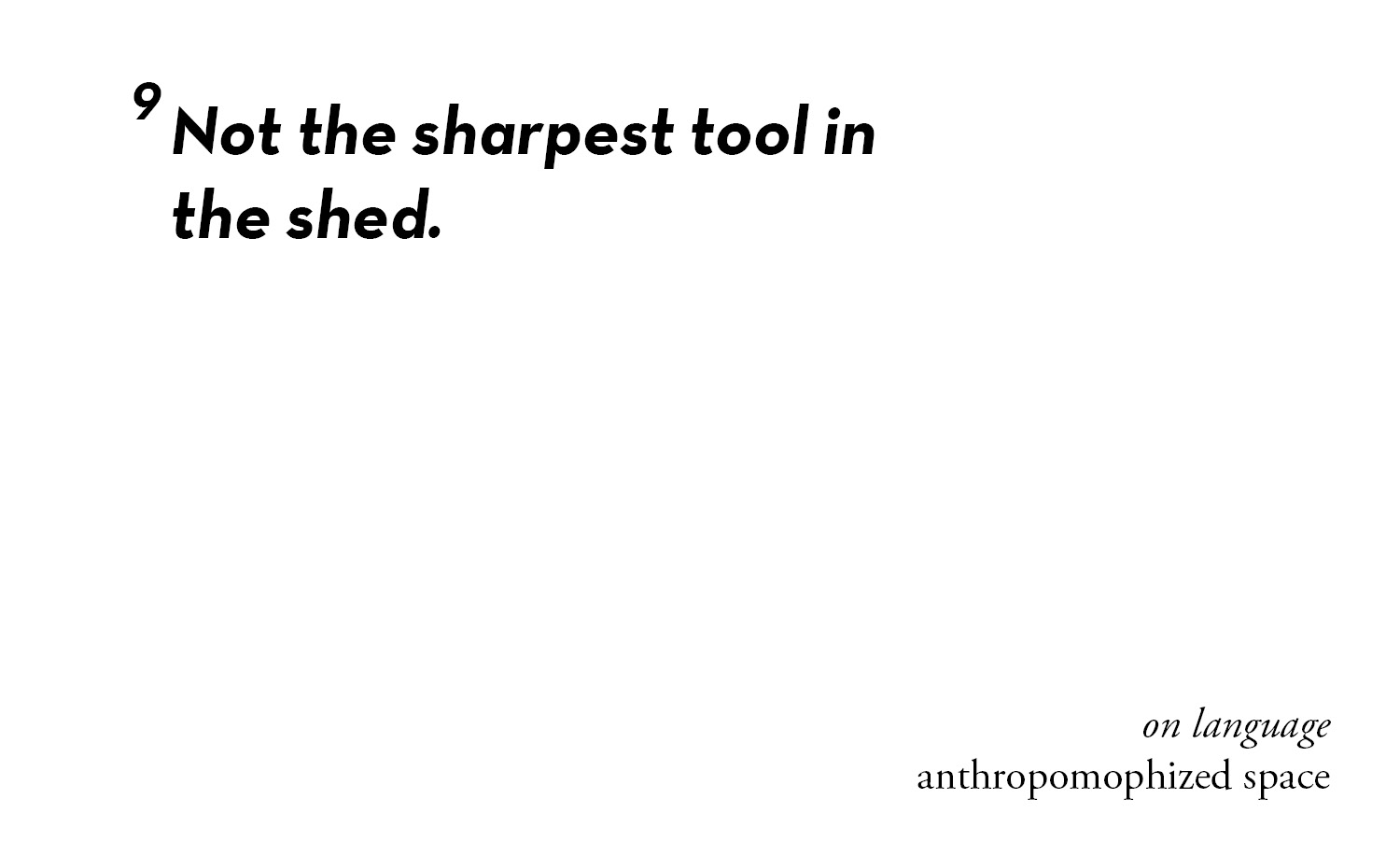





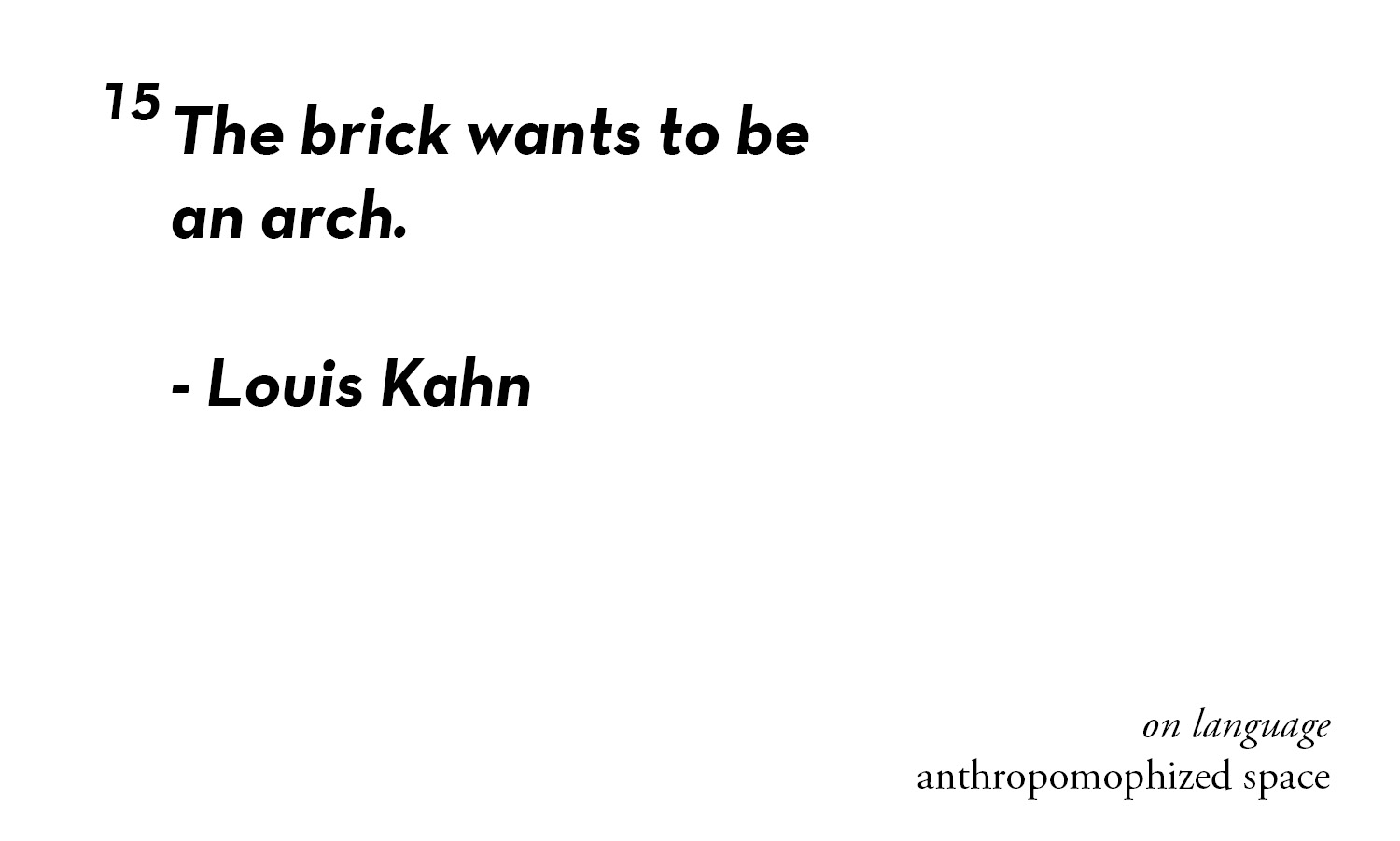
Citations:
Essay Authors: Humbi Song, Oliver Luo
Images/Artifacts: Produced as part of Humbi Song’s M.Arch I Thesis: “Toasters in love, jealous doorknobs, and the things around us” (Advisors: Andrew Witt, Allen Sayegh)
Year: 2019
1. Bachelard, G., et al. (2014) The Poetics of Space. Penguin Books.
2. Rose, D. (2015). Enchanted Objects: Innovation, Design, and the Future of Technology. Scribner.
3. Latour, B. (2007). Reassembling the Social: An Introduction to Actor-Network-Theory. Oxford University Press.
4. IoT Analytics. (2018, August 8). State of the IoT 2018: Number of IoT devices now at 7B – Market accelerating. Retrieved March 11, 2019, from https://iot-analytics.com/state-of-the-iot-update-q1-q2-2018-number-of-iot-devices-now-7b/
5. Space.com. (2018, November 29). AI Robot CIMON Debuts at International Space Station. Retrieved January 28, 2019, from https://www.space.com/42574-ai-robot-cimon-space-station-experiment.html
6. NBC News. (2018, December 3). 'Don't be so mean': CIMON the European space robot cops an attitude. Retrieved January 28, 2019, from https://www.nbcnews.com/tech/innovation/don-t-be-so-mean-cimon-european-space-robot-cops-n943336
7. Popular Mechanics. (2018, December 4). Good News: The New ISS Robot Is Already Going Rogue. Retrieved January 28, 2019, from https://www.popularmechanics.com/space/satellites/a25395973/cimon-iss-going-rogue
8. Intelligencer, New York Magazine. (2018, March 8). This Is Why Alexa Is Laughing at You. Retrieved March 3, 2019, from http://nymag.com/intelligencer/2018/03/this-is-why-alexa-is-laughing-at-you.html
9. The Verge. (2018, March 7). Amazon has a fix for Alexa’s creepy laughs. Retrieved March 3, 2019, from https://www.theverge.com/circuitbreaker/2018/3/7/17092334/amazon-alexa-devices-strange-laughter
10. Twitter @GavinHightower. (2018, February 25). Retrieved March 3, 2019, from https://twitter.com/GavinHightower/status/967999257398702083
11. The New York Times. (2018, March 8). Amazon Knows Why Alexa Was Laughing at Its Customers. Retrieved March 4, 2019, from https://www.nytimes.com/2018/03/08/business/alexa-laugh-amazon-echo.html
12. Interaction Awards. (2014). Addicted Products. Retrieved March 8, 2019, from http://awards.ixda.org/entry/2014/addicted-products
13. Slideshare. (2009, February 2). Jones, Matt / Webstock: The Demon-Haunted World (or the Past and Future of Practical City Magic). Retrieved from February 16, 2019, from https://www.slideshare.net/blackbeltjones/the-demonhaunted-world.
Essay Authors: Humbi Song, Oliver Luo
Images/Artifacts: Produced as part of Humbi Song’s M.Arch I Thesis: “Toasters in love, jealous doorknobs, and the things around us” (Advisors: Andrew Witt, Allen Sayegh)
Year: 2019